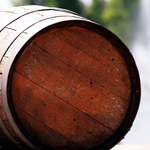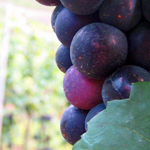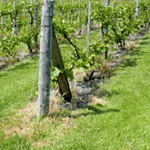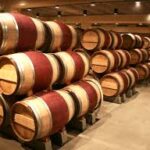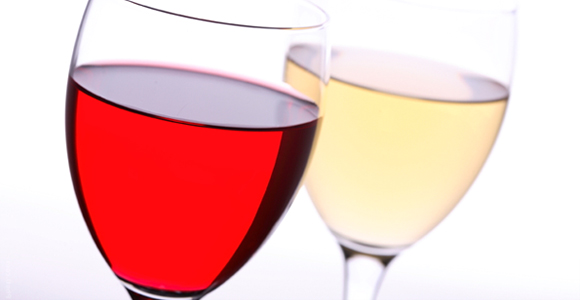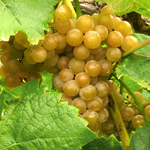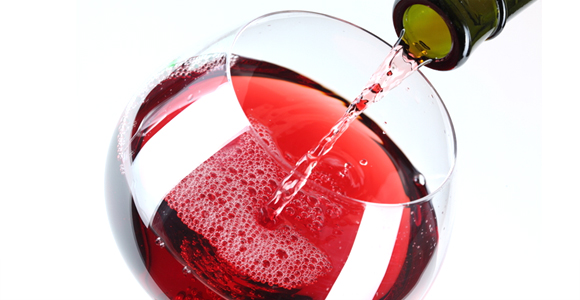
If you are a true wine connoisseur, the next step in appreciating a fine wine may be to make your own wine at home. While the process may seem to be complicated, wine can be made rather easily at home. Before beginning the process of making your own wine at home it is important to understand the basic steps of winemaking.
In order to make wine at home you will need either grape concentrate or grapes. If you have a sufficient growing area, you may choose to grow your own grapes and make wine from that. If you choose to use grape concentrate, keep in mind that you will need to use high quality grape concentrate. This can be purchased online as well as in wine and home brewing stores. In addition, you will need yeast and brewing equipment. If this is your first batch of wine you may wish to consider purchasing a wine kit rather than buying all of your equipment separately. After you have had a chance to experiment with making wine at home and decided whether it is an endeavor you wish to continue you might then begin accumulating various pieces of equipment for brewing larger batches of wine.
There are five to eight basic steps involved in the process of making wine, depending on whether you are using grapes or concentrate. If you are using grapes then the fruit will Continue reading A Look At The Steps Of Making Wine
